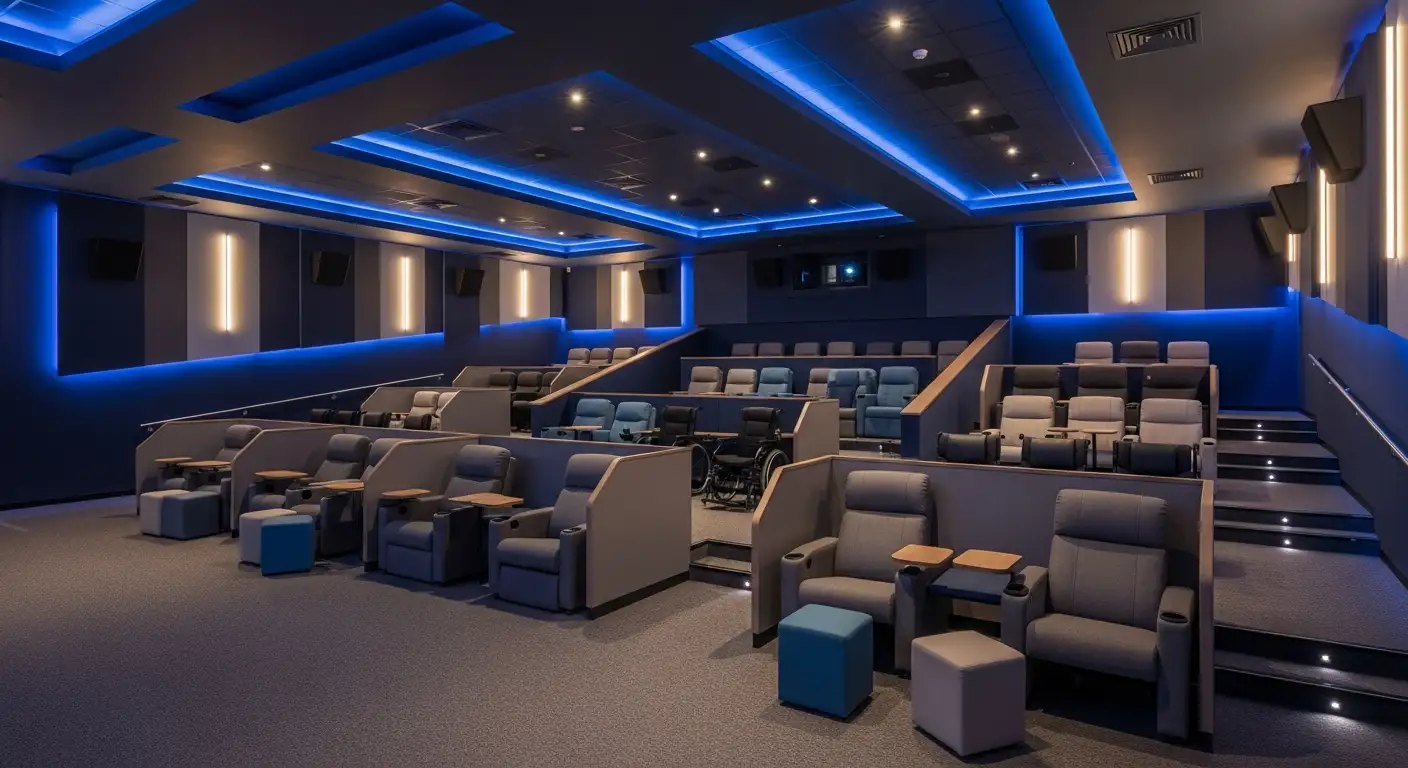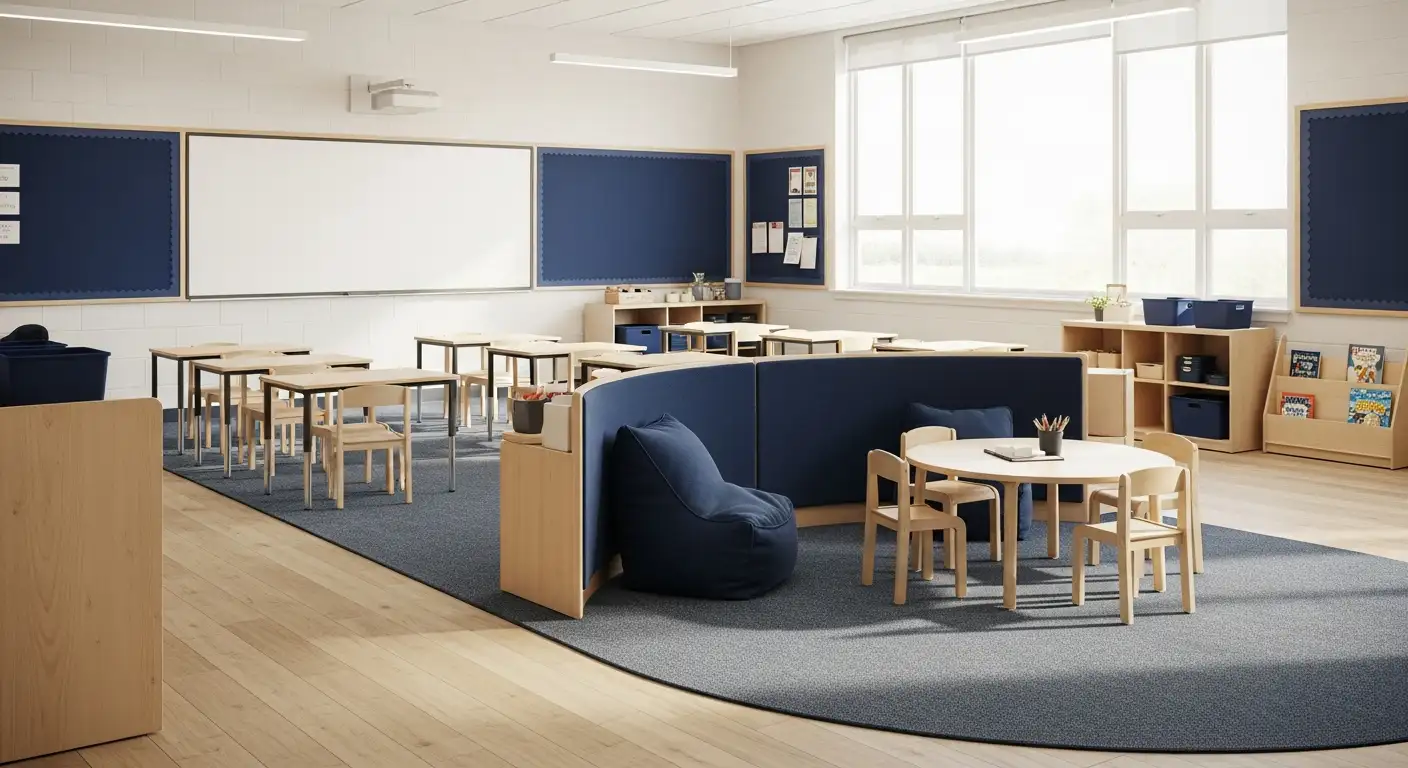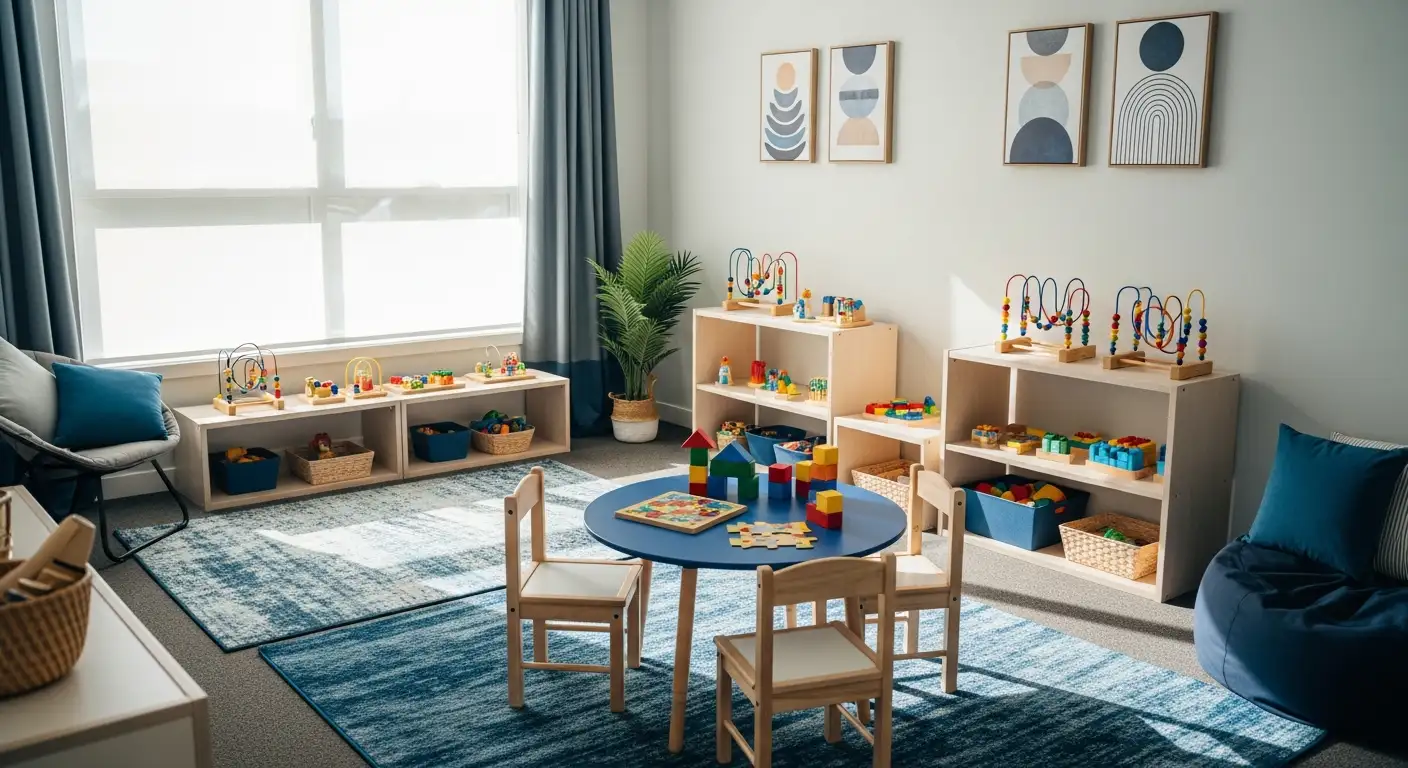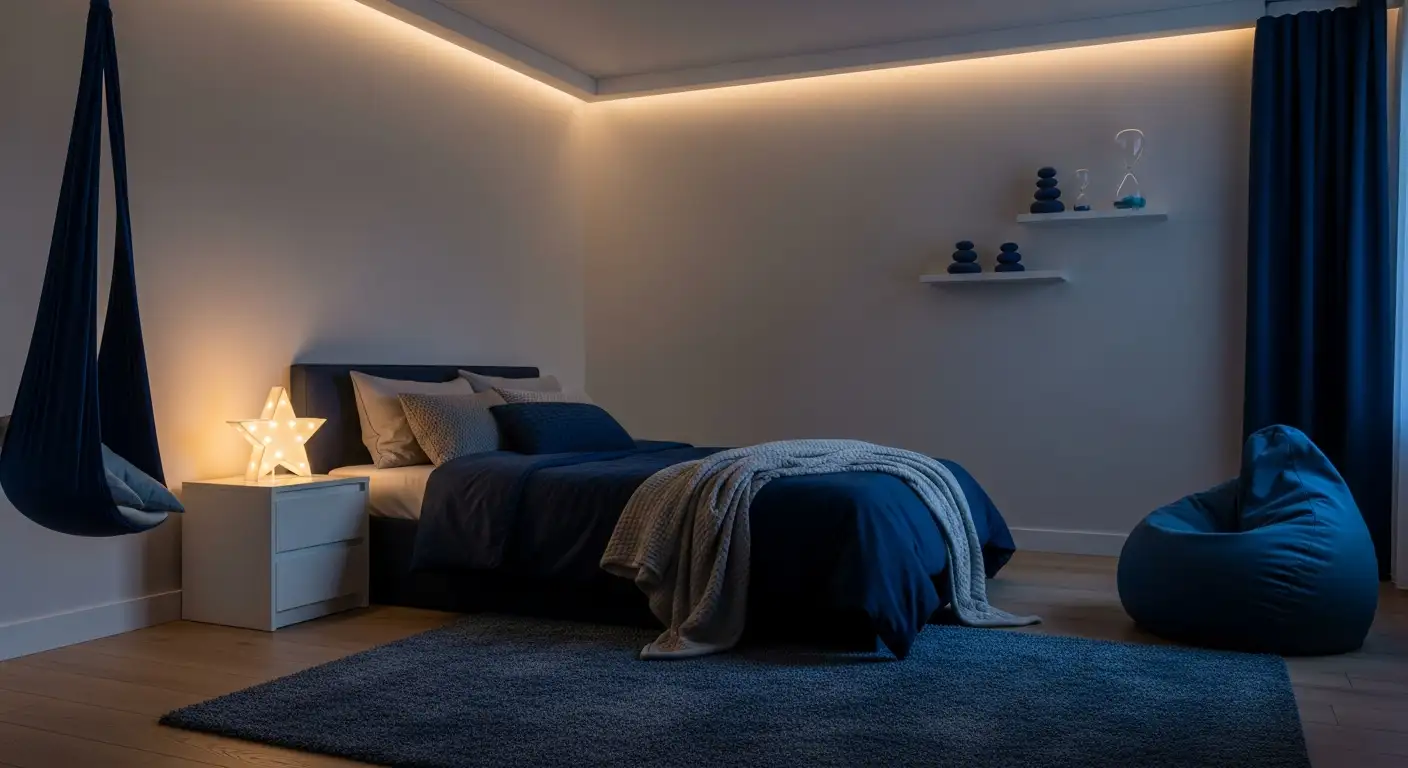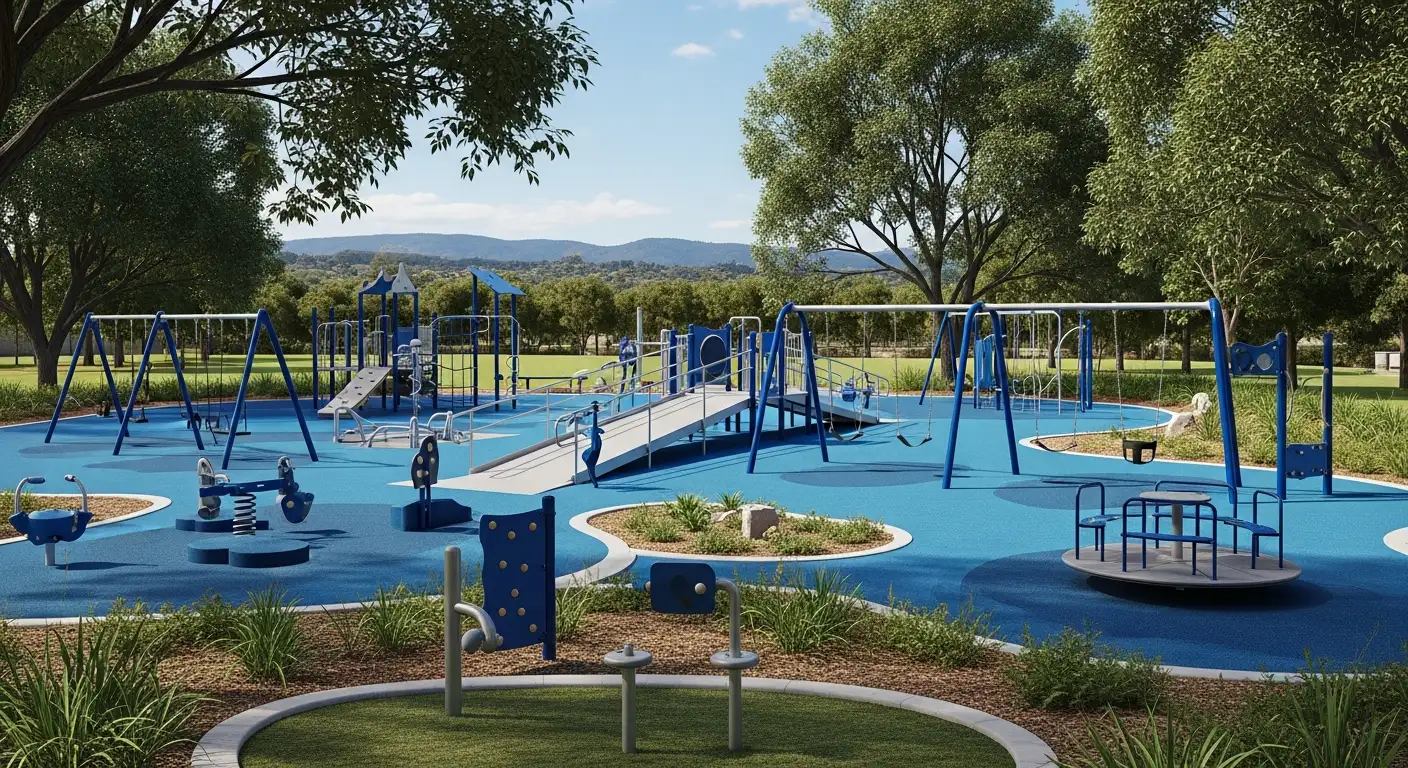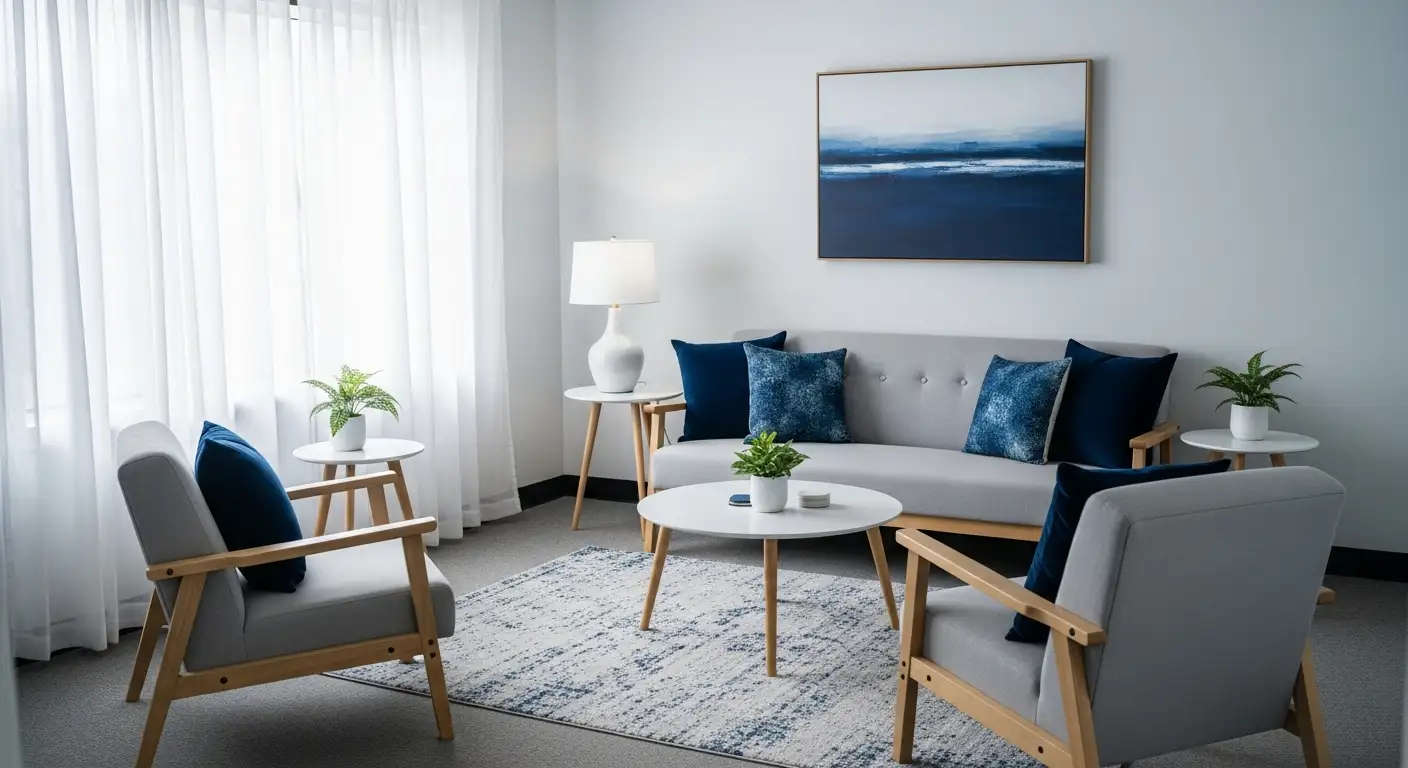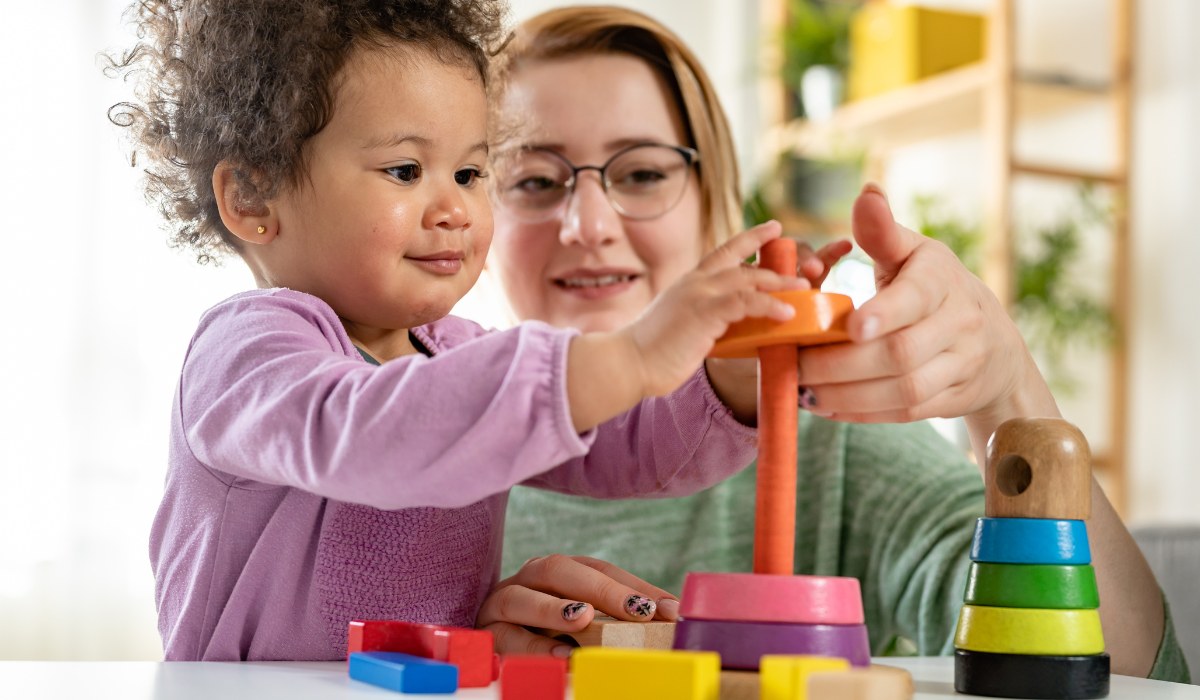ABA Hours Per Week: What 10–40 Looks Like in Real Life
ABA hours per week define therapy intensity across focused and comprehensive plans. See how 10, 20, or 40 hours translate into real routines and steady gains.

Key Points:
- ABA hours per week range from 10 to 40, depending on goals and support needs.
- Focused plans use 10–25 hours for targeted skills like routines or behavior, while comprehensive plans use 25–40 hours for broad goals across communication, daily living, and play.
- Schedules blend clinic, home, and community time.
ABA planning often feels unclear when you try to picture what 10, 20, or 40 hours actually looks like at home, in the clinic, and at school. ABA hours per week set the pace for goals like communication, daily routines, and behavior support.
Up next, you will see how each range plays out in real life, what a typical day looks like, and how providers decide the hours. By the end, you can pick a schedule that matches needs, energy, and family logistics.
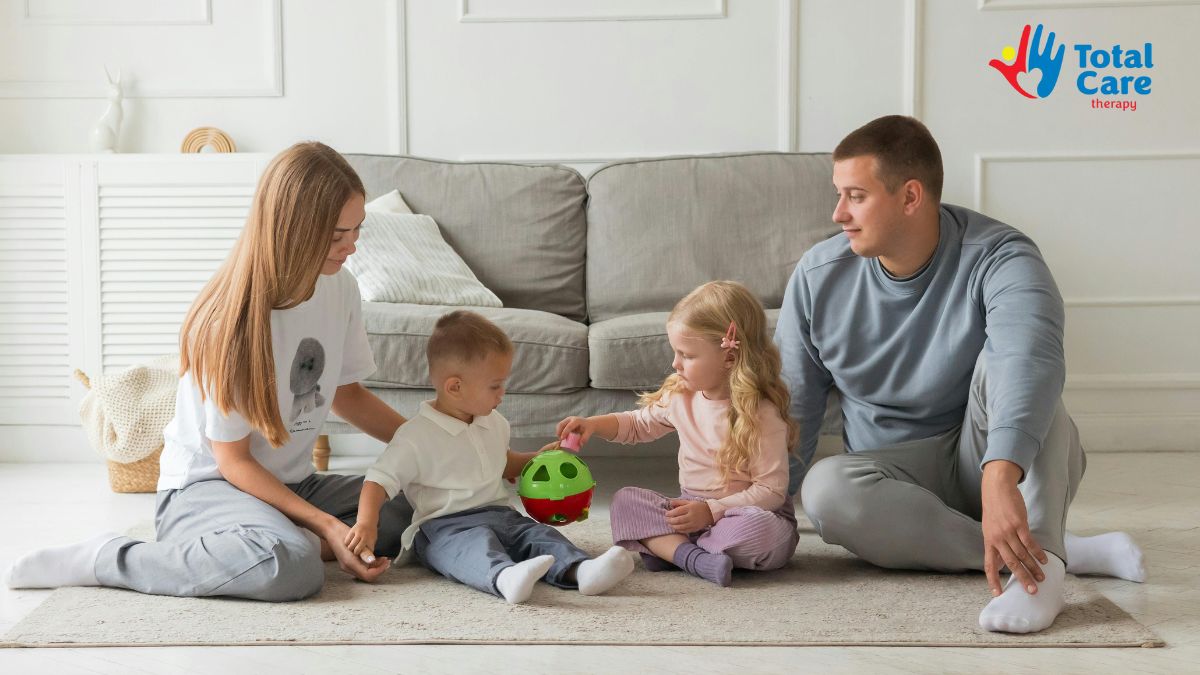
ABA Hours Per Week: Ranges, Models, and How Schedules Are Set
Families ask two linked questions. “How much ABA therapy is needed?” and ”How many hours of ABA per week make sense for our child?”
The short answer sits in two models:
- Focused ABA targets a few goals and commonly uses 10–25 hours weekly.
- Comprehensive ABA targets many domains and often uses 25–40 hours weekly.
Clinicians tie hours to assessed needs. A BCBA starts with a functional assessment. The plan then lists goals, settings, and caregiver training. Teams test a realistic schedule for two to four weeks and review behavior data before scaling hours up or down.
Early learners with many goals usually start higher. Older children with specific targets often start lower. Reviews of early intensive programs report 20–40 hours weekly for young children over multiple years when goals span language, social skills, and daily living.
What this means for your plan
- Focused plan fits targeted goals like toilet training and feeding and eating challenges, as well as safety.
- Comprehensive plan fits broad goals across communication, play, and independence.
- Caregiver training time sits within the weekly total to coach carryover at home.
What Does 10–15 Hours Look Like Week to Week?
Ten to fifteen hours support a focused set of goals. The plan tends to use three to five sessions per week. Each session usually runs two to three hours in one setting.
Common use cases
- A child who needs help with one to two behaviors like transitions and waiting.
- An older child who needs social coaching and self-management during homework.
- A family who adds school supports and speech therapy and wants balanced time.
Typical week
- Two in-home ABA therapy sessions to build routines like morning and bedtime.
- One clinic session for structured practice on communication or play.
- One community session for targets like shopping, playground, or bus practice.
Fit with other services
- Leave space for speech, OT, or tutoring if needed.
- Keep one evening or weekend slot for caregiver coaching to support carryover.
Realistic outcomes
- Clear routines, fewer conflicts around daily tasks, and better follow-through on specific skills.
- Progress slows if sessions are canceled often, since fewer hours leave less time to recover missed goals.
What Does 20–25 Hours Look Like in Practice?
Twenty to twenty-five hours support broader skill building while staying school-friendly. Schedules often spread across four to five days with two- to four-hour sessions.
Common use cases
- A preschooler preparing for more time with peers
- A school-age child building language, peer skills, and self-help in parallel
- A family that can support frequent caregiver practice at home.
Typical week
- Three clinic blocks to run structured teaching and play with peers.
- One home block to work on eating, hygiene, and chores.
- One school consult or in-school support for generalization.
Why this range works
- Time is enough to practice across settings without overload.
- Caregiver training stays consistent.
- AAP reports point to at least 25 hours for comprehensive work. Plans near 20–25 hours function as an on-ramp to that level if goals expand.
Checks to run every month
- Do goals match the number of hours?
- Do problem behaviors drop outside of sessions?
- Do new skills show up at school and home, and are they reflected in ABA progress milestones?

What Does 30–40 Hours Look Like Day to Day?
Thirty to forty hours match comprehensive intervention. Young children with many goals and higher support needs often use this level. Clinical reviews and guidance describe early intensive programs in the 20–40 hour range over one to several years, with gains reported in language, daily living, and social participation for many learners.
Common use cases
- A toddler or preschooler building core communication and play from the ground up.
- Widespread delays across multiple domains where repetition and intensity help.
- A plan that blends clinic, home, and community across the week.
Typical week
- Four to five clinic mornings for structured teaching and small group play.
- Two to three home afternoons for routines, mealtime, and toileting.
- One to two community blocks for a park, store, or therapy gym.
- Daily data review and several hours each week reserved for caregiver coaching.
How breaks and energy are handled
- Short work periods alternate with movement and play and sensory breaks to prevent fatigue.
- Teams adjust length to prevent fatigue while keeping a full weekly total.
Autism organizations summarize “intensive and long term” programs as 25–40 hours each week for one to three years. This frames expectations for family schedules.

How Long Is a Typical ABA Session?
Session length varies by age, attention, and goals. Providers commonly schedule two- to four-hour blocks and mix settings during the week. Families can use these planning anchors when evaluating providers. Program hours accumulate through several blocks rather than a single long day.
Provider overviews and care guides place most sessions in the two- to five-hour range. Treat these as planning anchors while your BCBA personalizes the schedule.
Planning tips
- Younger children often do better with shorter, more frequent sessions.
- Older children can handle longer blocks if goals require extended practice.
- Build in travel time, naps, and school hours before setting exact blocks.
Age, Duration, and When to Scale Up or Down
Parents often ask, “What age is ABA therapy for?” ABA spans toddler years through adolescence, with the most intensive schedules used in early childhood.
When to scale up
- Many goals across language, play, and daily living
- High rates of behaviors that block learning across settings, including scenarios addressed in autism safety tips
- Little carryover outside of therapy time
When to scale down
- Goals narrow to a few maintenance skills
- Generalization shows up at school and home
- Family time and school demands rise and skills remain stable
Intensive phases often run one to three years before tapering to focused support. Autism advocacy summaries and practice guidance describe this timeline for many comprehensive plans, with ongoing adjustments based on data.

Building a Week That Families Can Actually Live With
ABA therapy hours per week work best when the plan fits the rhythm of family life. Teams can combine clinic mornings with home afternoons and carve out time for siblings and rest.
Ways to make the schedule sustainable
- Lock in set days to reduce cancellations.
- Keep a backup slot to reschedule missed sessions.
- Align therapy targets with daily routines like meals and bath time.
- Share simple data sheets so caregivers can log short practices during chores.
School coordination
- Ask the team to align ABA goals with IEP goals.
- Use one behavior plan across settings when possible.
- Schedule monthly check-ins with teachers to adjust supports.
ABA Hours Per Week by Goal Type: A Quick Map
Goals drive dosage. Use this as a starting point while the team personalizes details.
Focused goals, 10–15 hours
- Potty training across settings.
- Two daily routines like morning and homework.
- Safety and community practice.
Mixed goals, 20–25 hours
- Language expansion with peer play.
- Mealtime, hygiene, and transitions.
- Positive behavior interventions guide caregiver coaching with school collaboration.
Comprehensive goals, 30–40 hours
- Foundational communication and play for toddlers.
- Daily living, behavior reduction, and generalization across home, clinic, and community.
- Intensive caregiver training each week.
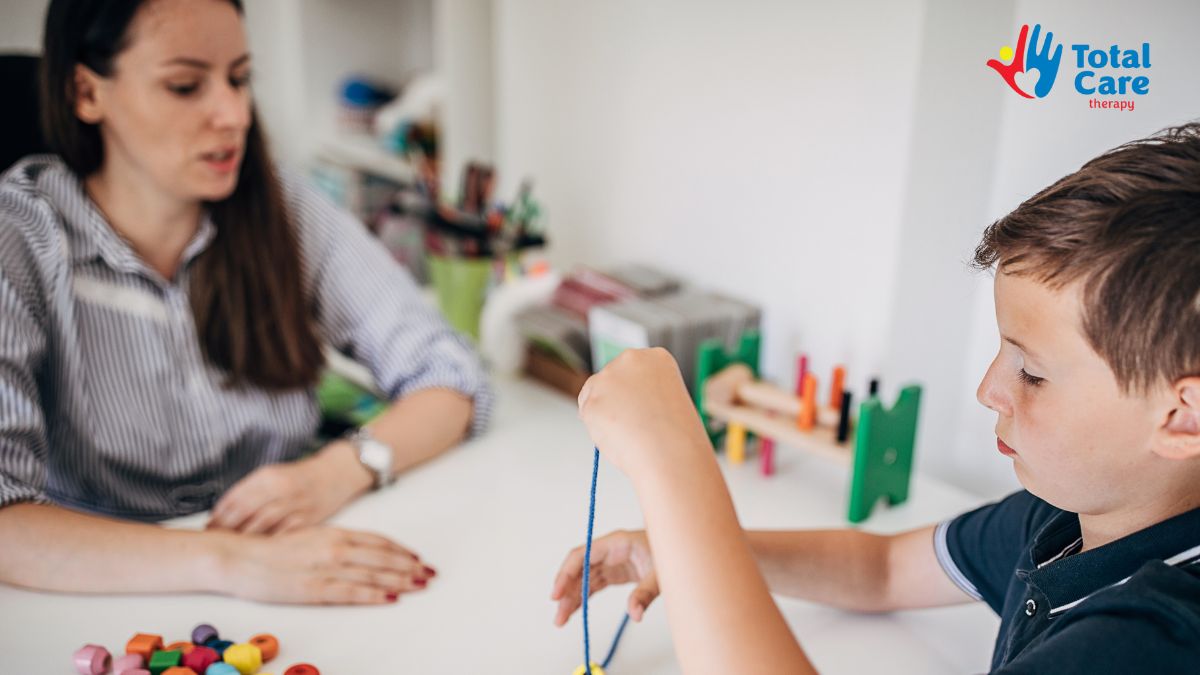
Frequently Asked Questions
How to determine ABA hours?
Determine ABA hours through an initial assessment that sets goals in communication, play, and daily living. Focused plans range from 10–25 hours per week, while comprehensive plans require 25–40 hours. The AAP recommends at least 25 hours weekly for full intervention. Ongoing reviews adjust hours based on progress.
How many hours can a BCBA work a week?
BCBAs often work up to 40 hours per week, with only a portion spent in direct sessions. Remaining time covers assessment, supervision, caregiver training, and data review. Workload depends on caseload, setting, travel, and team needs. Families should clarify how time is split across roles.
How much is 40 hours of ABA therapy?
Forty hours of ABA therapy per week typically costs $40,000 to $60,000 annually, depending on region, setting, and insurance coverage. Final out-of-pocket costs vary with network rates, co-pays, and authorization terms. Request a written estimate based on your plan to confirm exact figures.
Get ABA Therapy That Fits Your Week
High-quality planning connects session blocks to real routines and tracks gains outside the clinic. Families who want practical follow-through can book ABA therapy services in New Mexico, Colorado, Utah, North Carolina, Maryland, and Nebraska with a team that aligns hours to goals and shows progress in clear data.
At Attentive Autism Care, clinicians design plans that grow skills at home, in school, and in the community. Reach out to set an assessment, review a sample schedule, and see a pathway from evaluation to a week that truly works for your child.


